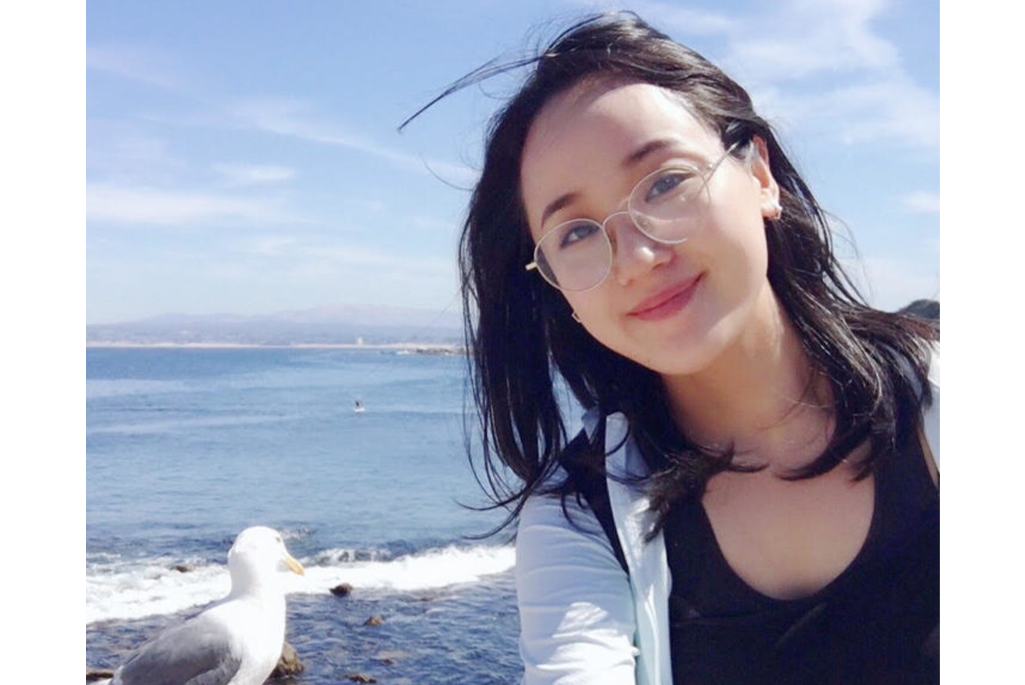What motivated you to pursue a postdoc at Berkeley Lab?
When I first came here in 2018 (as an affiliate researcher), I wasn’t sure what to expect. I was looking for research topics that I was interested in, and made efforts to complete my Ph.D. But after a little while, I started to think about my future and what I would do after graduation. I started thinking about being a postdoc here because I wanted to continue my research and further improve my research capacity. In Berkeley Lab, we have excellent supervisors and colleagues, and a great environment for us to communicate, which is a particularly great place for young researchers like me to start a research career.
How has Berkeley Lab been different from your other experiences?
When I was an affiliate researcher and a Ph.D. student, I spent more time on learning skills such as coding and writing, and my research was guided by my supervisor step by step. Now, as a postdoc, although I still discuss with my supervisor frequently, I need to be more independent and try to find new research topics. And I worked as an intern at Google for several months in 2019, which is a wonderful experience. I think the difference is that we focus more on scientific questions at LBNL, while Google focuses on fancy techniques. Google is in industry and not the sciences.
What are you working on at the lab?
My current research focuses on analysis and modeling of wetland methane emissions. We published a paper this year that proposed a causality-guided machine learning model to predict wetland emissions. And now I’m working on using the causal-ML models to generate upscaled regional methane emission datasets.
How did your AI machine learning background apply to environmental science?
Machine learning is a tool to investigate environmental questions. I think there should be a balance between the machine learning methods and the physical models that are widely used in environmental sciences. Currently, most of the machine learning models are “black boxes” in which we don’t know the structure of the models. But for our research in environmental science, we need to get a deeper understanding of the processes. We need a balance – we can use machine learning models to get relatively good prediction performance, and meanwhile we should use some knowledge to constrain the model structures.
Is there opportunity for collaboration on your team at the lab?
In the Climate Sciences division, there are colleagues with different backgrounds. So when I attend group meetings, I gain a lot of new knowledge and I am inspired by others’ research. This is another reason why it’s so great to communicate with other researchers with different backgrounds – a multidisciplinary team can be very helpful for me to explore new scientific questions.
Do you have any ideas about future work?
The complex nature of wetland methane emissions challenges CH4 modeling and upscaling, especially if we do not have enough observations. In the near future I will continue working on wetland CH4 upscaling with my team.. We’ll try to collect more observations and generate more reliable upscaling datasets, which may contribute to benchmarking top-down and bottom-up models.


